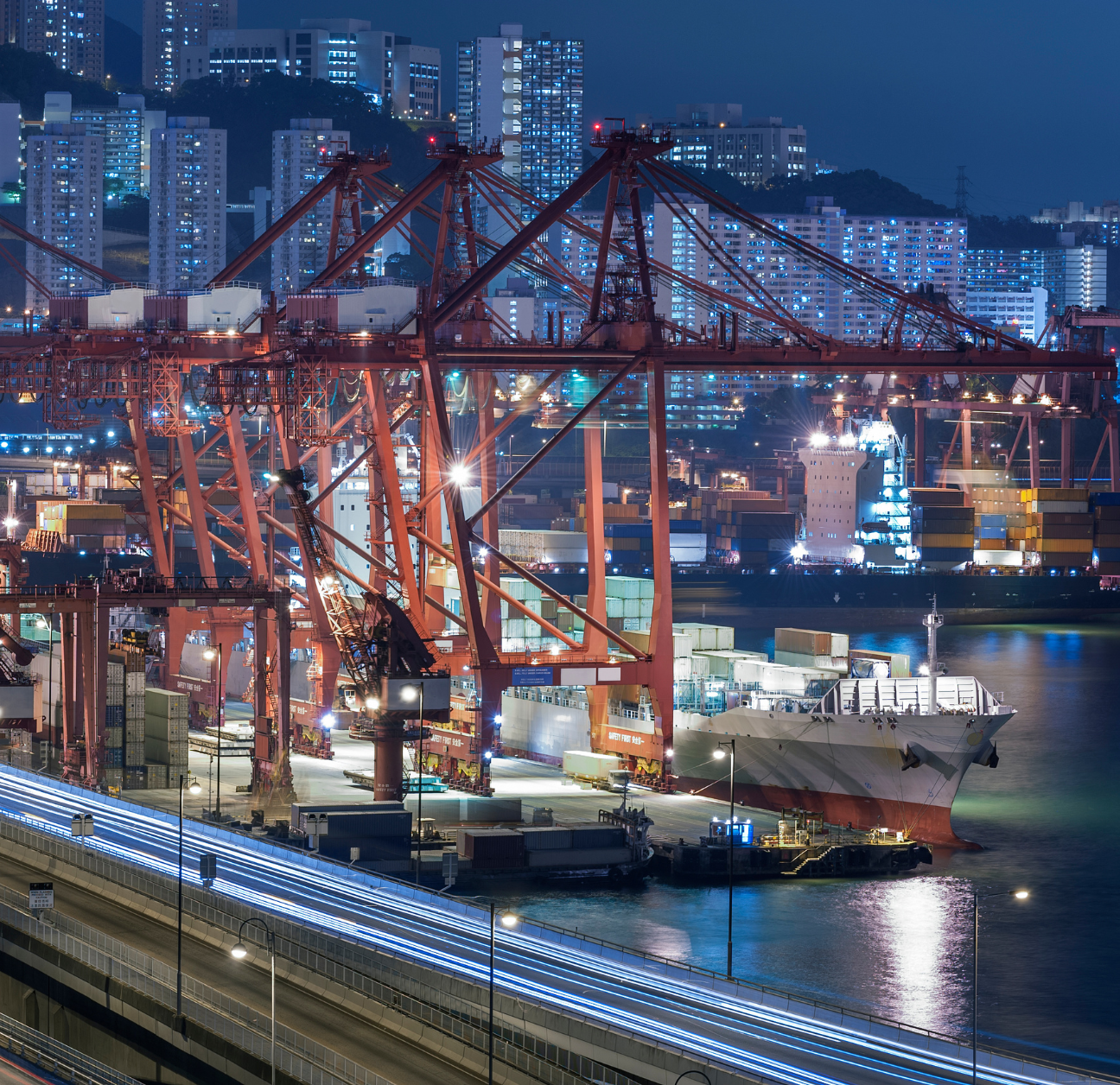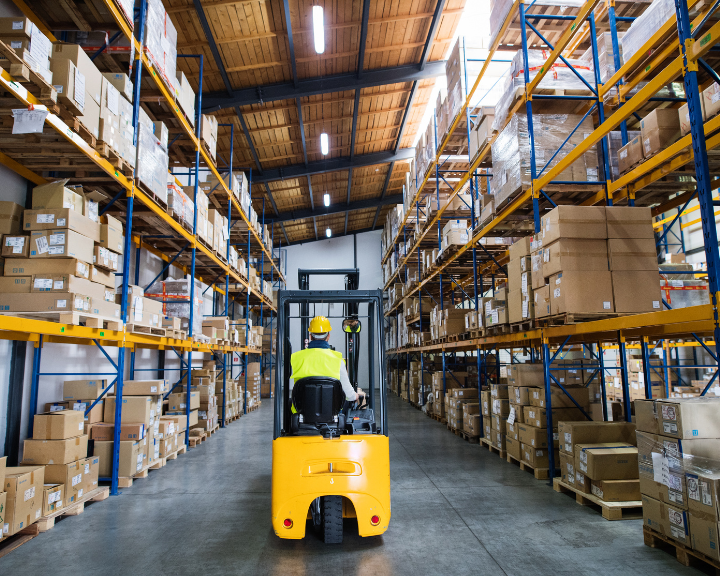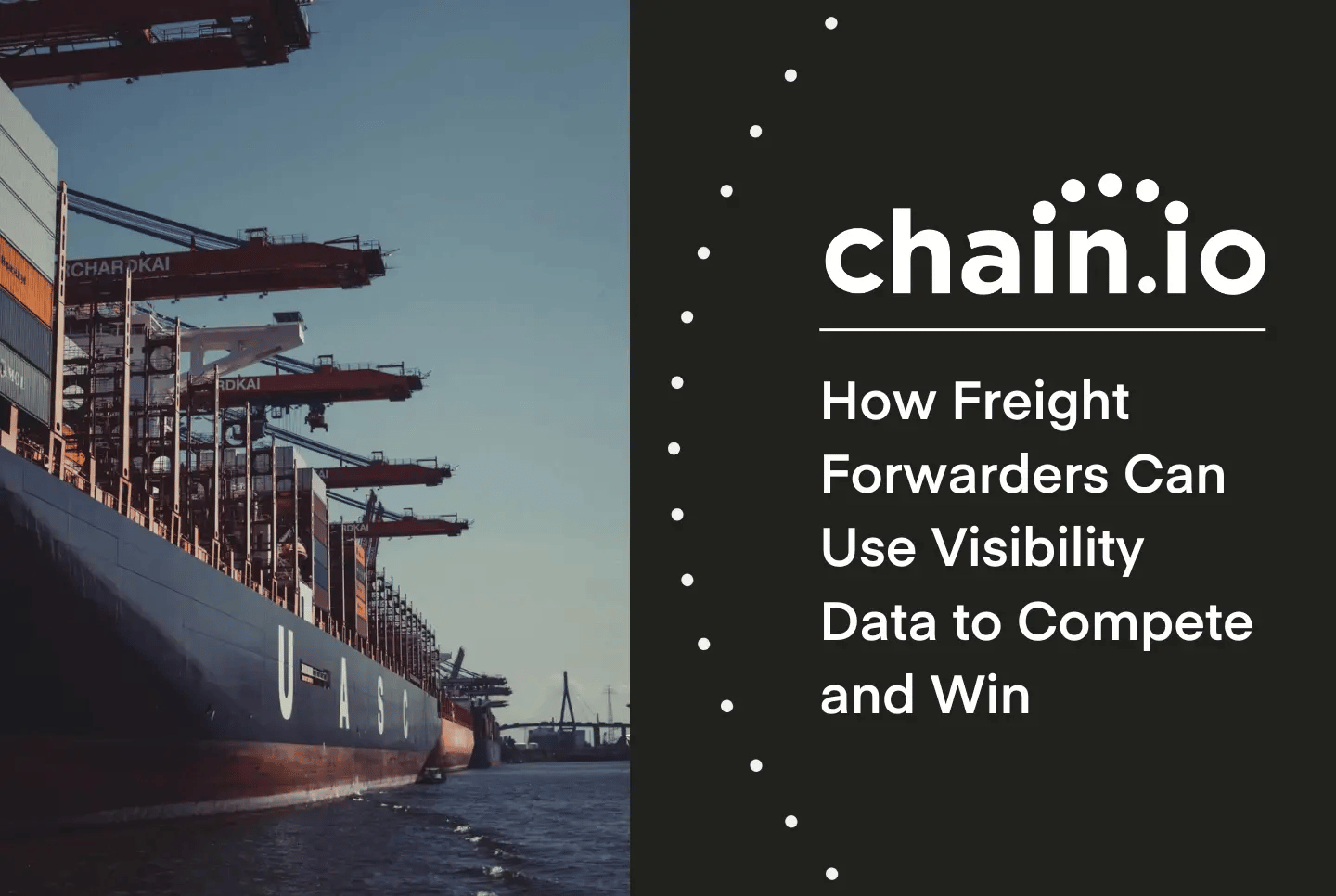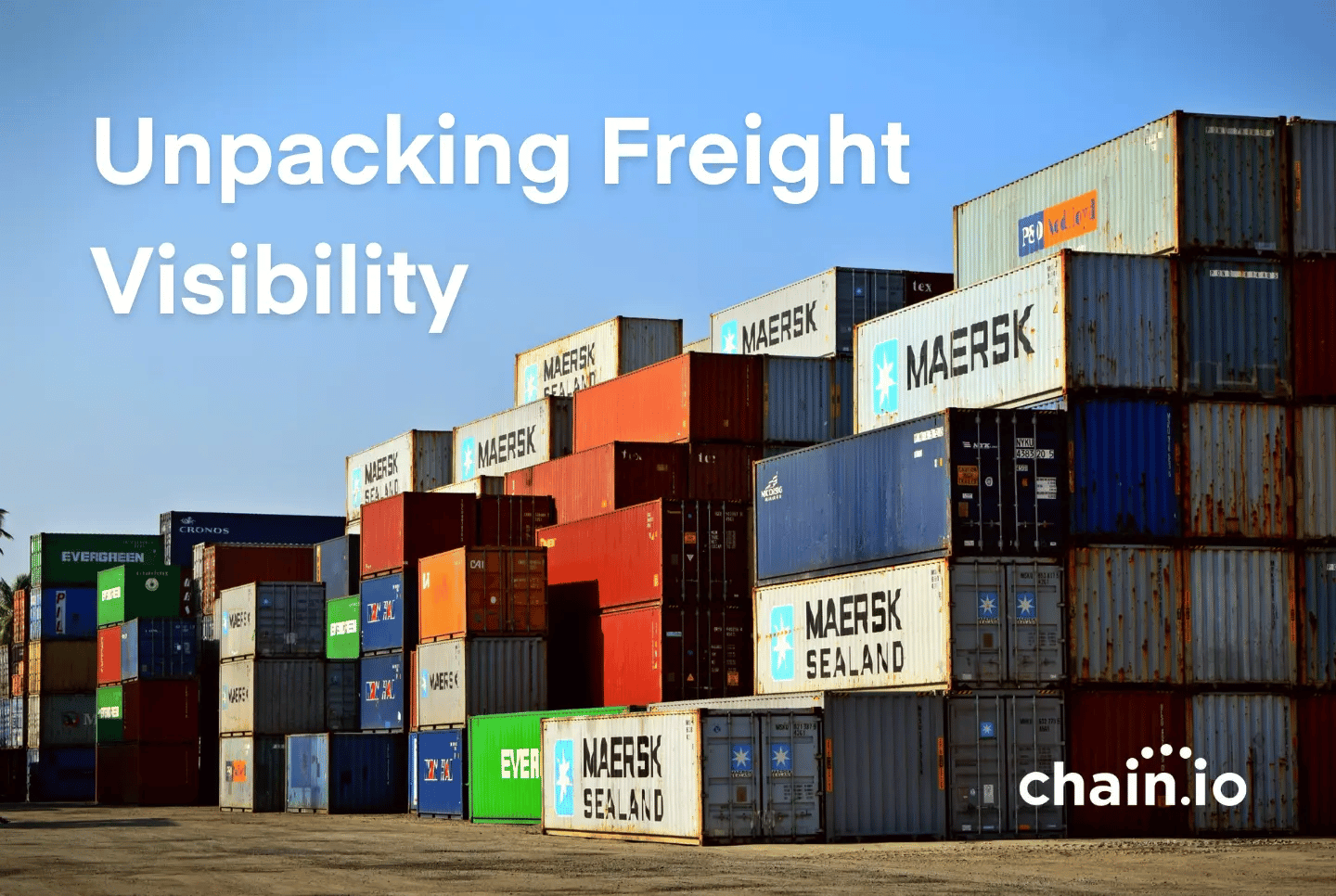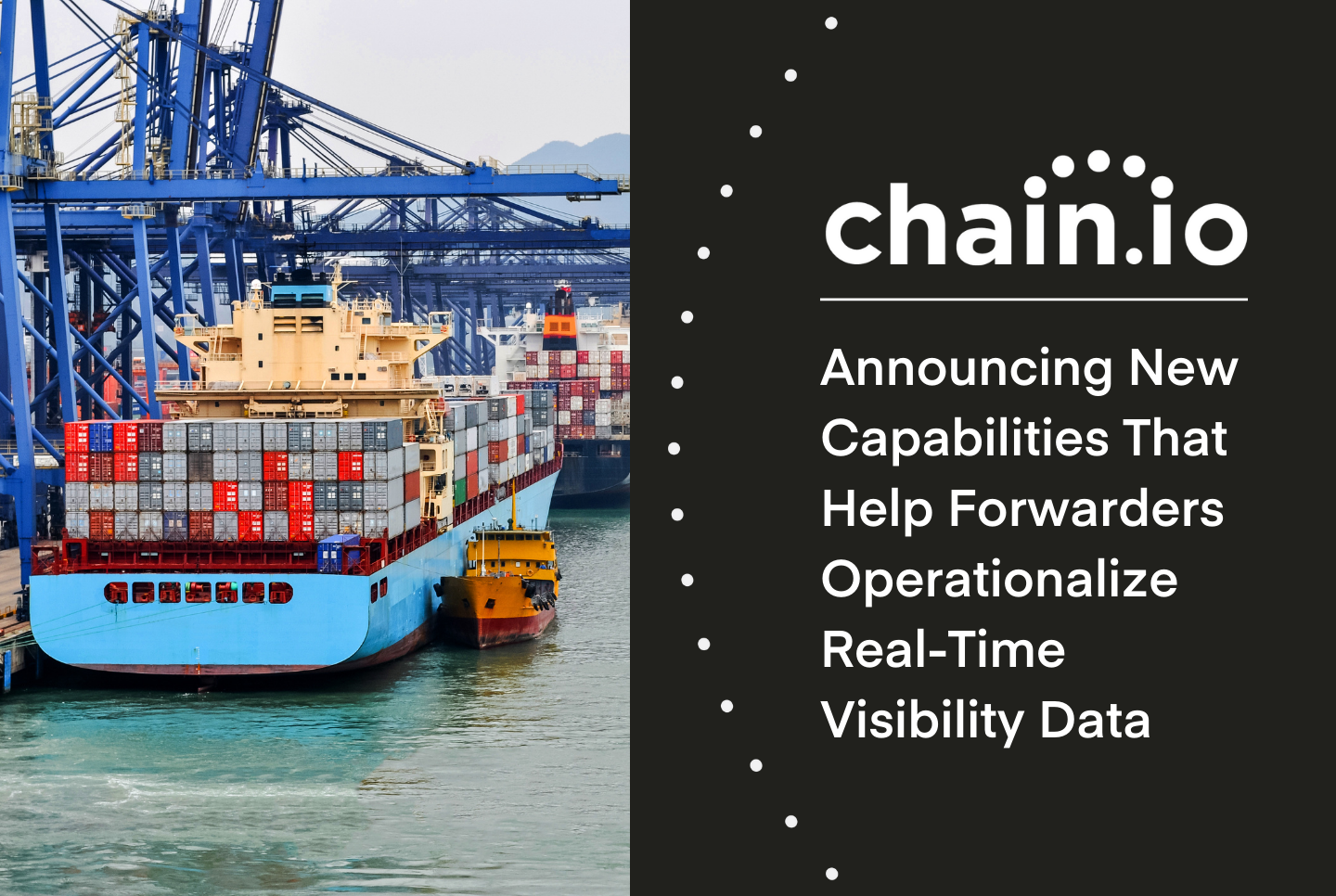Used as part of a freight forwarder's day-to-day operations, real-time supply chain visibility provides you with the ability to avoid delays with shipments, identify risks, meet compliance requirements, and serve your customers better by obtaining a clear, comprehensive view of overall metrics.
Supply Chain Visibility
The adoption of supply chain visibility solutions has increasingly expanded globally, especially in the wake of challenges caused by the COVID-19 pandemic. According to an industry market report, the global supply chain visibility market size is projected to climb to $37.41 billion in 2027, up from $15.85 billion in 2019.
Experts attribute the significant market growth to numerous factors, including increased demand for improved supply chain visibility due to disruptions caused by the pandemic. Other factors include advanced industrial-grade technology developments, and growing acceptance of cloud-based supply chain management software.
Other report findings included:
- The Asia-Pacific is expected to experience significant growth in the upcoming years, based on region.
- Large enterprises made up the most significant segment of the supply chain management market, based on organization size.
- Based on industry verticals, the retail and consumer goods segment accounted for the highest revenue in 2019.
Supply chain trends McKinsey
As indicated by the Supply Chain Trends McKinsey Report, insights published by the leading consulting group, the pandemic, a difficult global economy, and the conflict in Ukraine, have all exposed vulnerabilities in the global supply chain more than at any other time in recent history.
McKinsey noted that it has created an opportunity for chief supply chain officers (CSCOs) to explore innovative ways to future-proof their supply chains, primarily by prioritizing resilience, agility, and sustainability.
Supply Chain Disruption 2022
The supply chain disruptions that followed the outbreak of the global COVID-19 pandemic have continued to impact all parts of the supply chain in the ensuing years, including sourcing raw materials, logistics, and distribution. Most companies within various industries across the globe experienced gaps in performance as a result.
The following are some of the supply chain disruptions of 2022 that companies can expect to continue in the coming years:
Logistics disruption. As a result of global logistics disruptions caused by the COVID-19 pandemic, the shipment of consumer and corporate goods was delayed throughout numerous countries — including North America, India, Europe, and Southeast Asia. These logistics disruptions, caused by the shutdowns of airports and ports throughout the world, are expected to continue to ease as global trade flows start to normalize and companies seek alternative supply chain flows. During these disruptions, supply chain professionals sought out real-time transportation visibility platforms (RTTVPs) to give them a better idea of their impacted shipments.
Dependence on a limited number of providers. Businesses that relied on one or two major suppliers were at higher risk during the pandemic compared to those with a more diverse number of third-party providers. As a result, companies are exploring a larger number of suppliers, and alternative logistics providers.
Production delays. COVID-19 also caused major disruptions and delays in production, especially with manufacturers dealing with supply shortages, employee resignations, and logistical capacity. As a result of these challenges, companies are increasingly evaluating and investing in long-term supply chain strategies.
What Is Supply Chain Visibility
What is supply chain visibility? With the complexities involved in getting a product from the development stage to distribution, supply chain visibility is critical to the process. Supply chain visibility is defined as the ability to clearly track products at different stages of transit.
While many people think of supply chain visibility as a single problem, it's really two problems: The first problem, "Where's my customer's freight?" and the second, "How do I tell my customer where their freight is?"
What is supply chain visibility software?
Supply chain visibility software providers share a a transparent and real-time view of inventory and activity in the production and distribution process. There are armies of technologists working to answer the questions of "Where's my customer's freight?" and , "How do I tell my customer where their freight is?" Companies like Fourkites, Overhaul, Project44, Terminal49, and Vizion API are tackling international supply chain visibility head on.
Using machine learning, AI, and advanced analytics, they help provide clear supply chain visibility, and help freight forwarders and carriers be more aware of potential risks and delays. Additionally, ocean carriers are working feverishly to make their data more transparent and accessible via APIs.
In addition to keeping everyone involved in the supply chain informed, supply chain visibility software also gives the customer advanced shipping notifications and milestones so they can track shipments and communicate with their customers faster than ever.
Supply Chain Visibility Example
A supply chain visibility solution eliminates disconnections among departments and partners. It allows all tiers of the supply chain to seamlessly share information and data, enhancing visibility in logistics, understanding levels of inventory, and enabling managers to identify challenges before they escalate or be aware of delays.
Supply chain visibility software also allows companies to be proactive by analyzing data that allows them to make better decisions in real-time or as part of a long-term strategy.
For example, during the Zim Kingston crisis, where over 100 freight containers caught fire and fell overboard, an influx of calls came in, asking, “was my stuff on that ship? Did it sink? Do I have any of those same SKU’s on any other ships?” Freight forwarders and carriers that could answer these questions for their customers, with the help of supply chain visiibilty data, earned lifelong loyalty and trust.
Supply Chain Visibility Benefits
Supply chain visibility benefits, including freight visibility and container visibility, are extensive, particularly those it can provide for freight forwarders who play a critical role in ensuring the successful coordination and shipment of products from one place to another, whether via road, air, ocean, or rail.
With a supply chain visibility platform providing a clear picture of where freight is located in real-time, a freight forwarder can achieve better outcomes when making arrangements to have cargo moved as it makes its way from the manufacturer to a ship and, depending upon the final destination, to another ship, airplane, truck, or train. With supply chain visibility data, a freight forwarder can access make more informed decisions to enhance operational efficiency.
Freight Forwarder – Customer Satisfaction
In addition to enhancing operations internally, supply chain visibility software gives freight forwarders a more competitive edge in the industry — they can enhance customer satisfaction by readily being able to answer the question "Where is my product?" at any stage of the shipment.
Other benefits of supply chain visibility software include the ability to minimize disruptions, gain agility, increase speed to market, streamline processes, reduce costs, and manage risks.
Supply Chain Visibility Challenges
With the complexities involved in modern supply chains, many companies who have not adapted to new technologies often face numerous supply chain visibility challenges that come with navigating unexpected logistical changes, manually entering supply chain data, engaging with numerous supplier networks, facing supply chain interruptions, and staying in compliance with regulations.
The lack of visibility in supply chains under old systems can contribute to disorganized and inefficient processes at various points — from supplier to manufacturer and, eventually, to the consumer. Some challenges include the tracking of materials, components, assemblies, and end products.
A disruption at any point of the supply chain can cause costly delays further down the road.
With help from Chain.io's supply chain integrations, many companies and providers can overcome these vulnerabilities — achieving real-time supply visibility to be more responsive during disruptive periods in the industry.
Supply Chain Visibility Software
To meet the growing demand for supply chain visibility software, numerous companies are expanding to provide highly advanced supply chain solutions to address increasingly complex challenges in the industry. Meanwhile, numerous supply chain visibility startups have entered the market in recent years with innovative options.
Gartner regularly releases reviews and ratings for the Real-Time Transportation Visibility Platforms (RTTVPs) Market. As Gartner states, the companies are rated based on their ability to offer commercial customers and customers real-time insights about shipments and orders, at varying stages of shipment — from the warehouse to final delivery.
Leading supply chain visibility providers like Overhaul, Project44, Terminal49, and Vizion API are all pre-connected to Chain.io, making integrating visibility data into your TMS easier than ever.
Why is Supply Chain Visibility Important?
So why is supply chain visibility important? With disruptions impacting supply chains globally in various industries, supply chain visibility has emerged as one of the leading solutions to ensure that freight forwarders stay competitive in serving customers better and faster, streamlining their processes, and gaining real-time data insights to enhance their operations.
As companies diversify their suppliers and providers to minimize risk and realize cost savings, transparency throughout the supply chain has become increasingly critical. Companies will soon be required to account for everything in the supply chain, including partners domestically and internationally.
The most successful freight forwarders, for example, are implementing a modern supply chain solution to achieve better supply chain visibility throughout all tiers of their organization and at all phases of shipment.
With the latest innovations in supply chain technology, companies will be able to respond to the most challenging demands in their industry with agility.
End-to-End Supply Chain Visibility
Chain.io offers real-time supply chain visibility integrations that enable freight forwarders, shippers, and carriers to gain visibility to container and vessel locations with improved accuracy through data feeds from third-party visibility data providers.
Visibility data arrives to forwarders through endless channels and formats. Chain.io translates this data and routes it to any file type in any location for freight execution, customer visibility, reporting, and analysis. Using our pre-built adaptors, we can integrate your TMS to any visibility service provider within weeks so your team can focus on what matters - serving your customers.
At Chain.io, we are automating best practices and changing the way forwarders leverage visibility data with customers.
